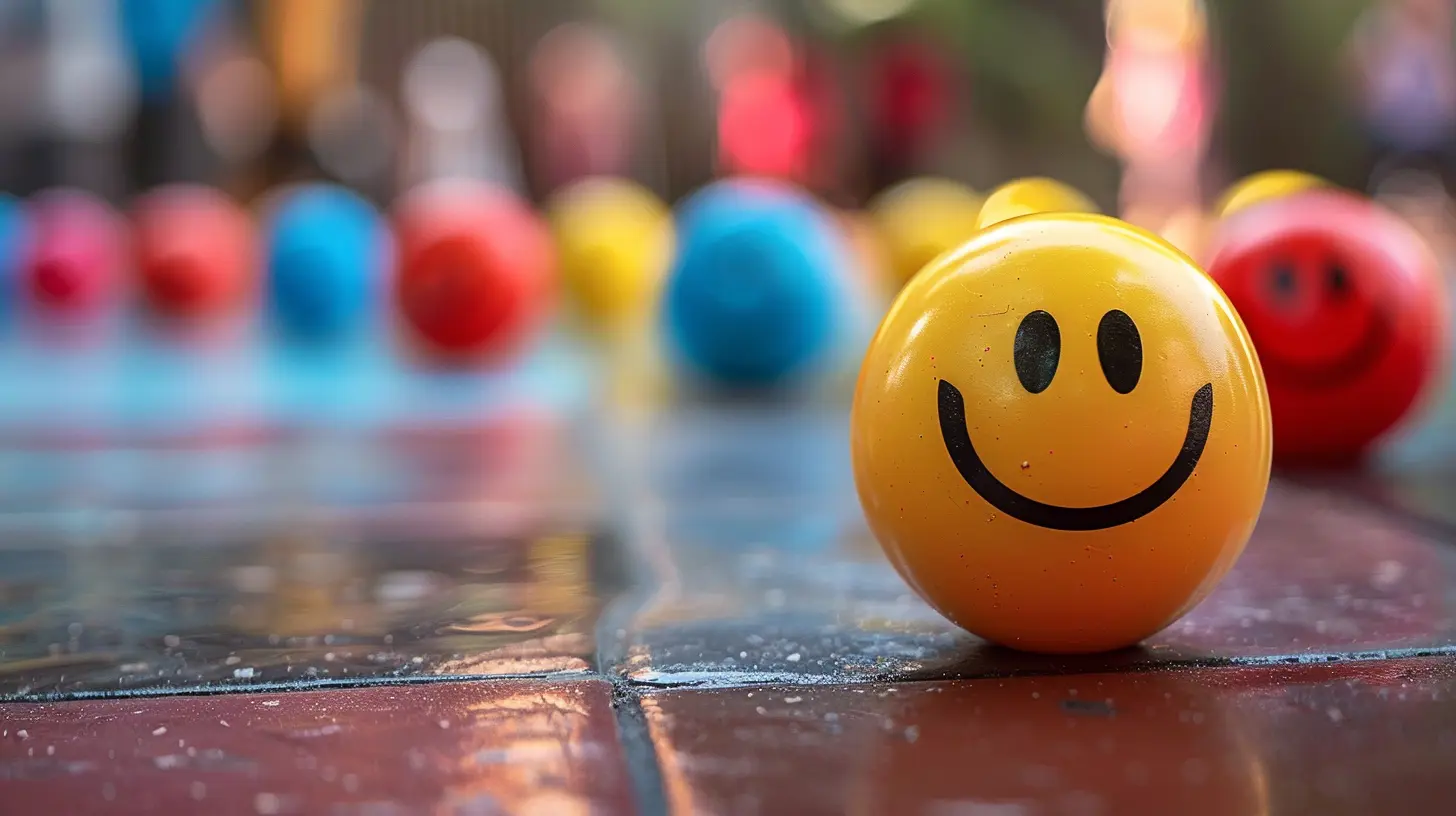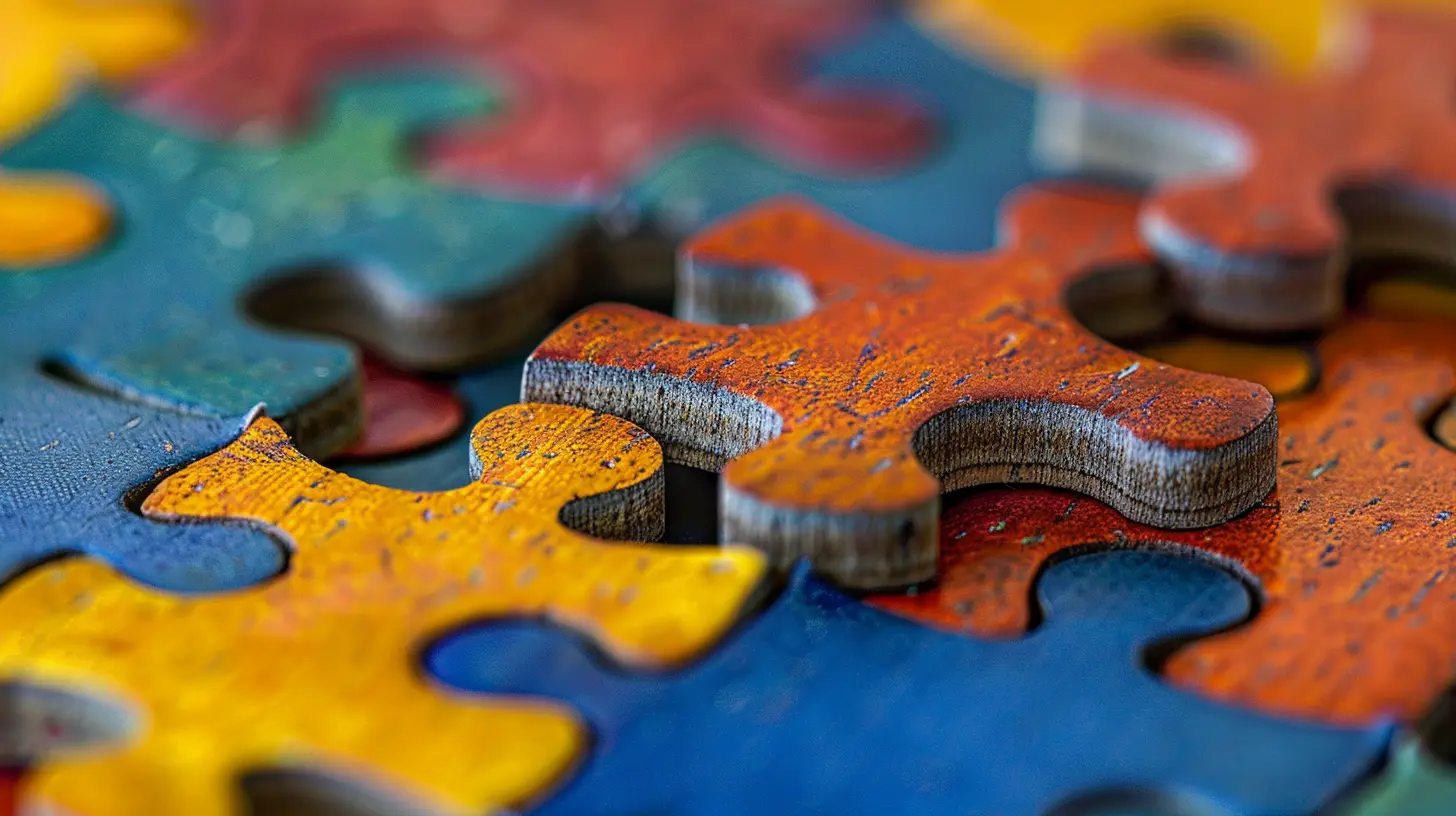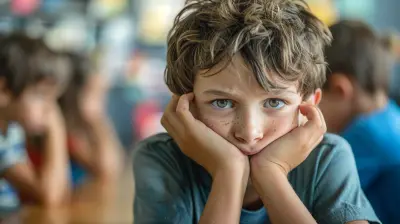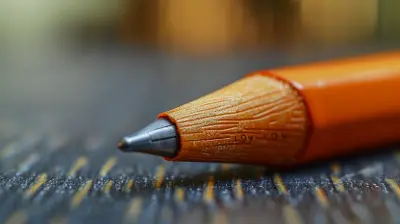The Power of Positive Reinforcement in Special Education
25 September 2025
Let’s face it—teaching isn't one-size-fits-all, and that’s especially true in special education. Every student comes to the classroom with a unique set of needs, abilities, and potential. In this setting, the traditional carrot-and-stick approach? It just doesn’t cut it. That’s where positive reinforcement steps in. And let me tell you, it's not just a game-changer—it's a life-changer.
So, what is positive reinforcement, and why does it work so well in special education? Buckle up, because we're diving deep into how this simple yet powerful approach can create meaningful change for students, teachers, and families alike.
What Exactly Is Positive Reinforcement?
Let’s break it down. Positive reinforcement means adding something pleasant or rewarding after a desired behavior occurs, to encourage that behavior to happen again. Think gold stars, verbal praise, or even something as small as a smile or thumbs-up.Imagine this: A student finally raises their hand to answer a question. The teacher responds with, “Great job, Jake! I love how you’re participating today!” Boom. Jake feels proud, validated, and more likely to raise his hand next time.
Sounds simple, right? That’s because it is. And that’s the beauty of it.
Why It Matters More in Special Education
Positive reinforcement isn't a new concept, but in special education, it becomes absolutely essential. Why?Because students with special needs often face extra challenges—social, behavioral, cognitive, or emotional. They may have experienced more correction than praise in other settings. And let’s be honest, that can chip away at confidence and motivation over time.
Using positive reinforcement flips the script. It shines a light on what students are doing right, instead of constantly pointing out what they’re doing wrong. And when you focus on the good, the good gets better.
Benefits of Positive Reinforcement in Special Education
Let’s get real for a second. Every teacher wants a classroom filled with engaged, motivated learners. Positive reinforcement helps make that happen—especially for students with special needs.Here’s how:
1. Builds Student Confidence
When students hear “You did a great job!” or “I’m proud of you,” their eyes light up. You can literally see their posture change. It’s like watering a plant—you feed their self-esteem, and suddenly, they start to bloom. Confidence isn’t just a bonus; it’s a building block for learning.2. Improves Behavior
Struggling with classroom disruptions? Positive reinforcement can help rewire that behavior. Instead of punishing bad behavior, you reward the behaviors you want to see more of. It’s like training your brain to crave success. Over time, students associate good behavior with good feelings.3. Increases Engagement
Ever noticed how students are more likely to repeat actions that earn them a “Well done!”? That’s the reinforcement loop in action. When students know that positive effort leads to praise or rewards, they lean in—they participate more, try harder, and stick with tasks longer.4. Promotes Independence
Here’s the kicker—positive reinforcement doesn’t just build good habits; it empowers students to manage themselves. Instead of relying on constant teacher prompts, they start to monitor their own behavior. That’s self-regulation, and it’s pure gold in special education.
Types of Positive Reinforcement That Actually Work
Not all positive reinforcement is created equal. The key is to find what motivates each individual student—and that can vary big time. Let’s look at a few tried-and-true options.Verbal Praise
This one’s easy and free. A simple “Nice work, Mia!” can go a long way. Just be specific. Instead of “Good job,” say “I saw how you used your calming strategies today—awesome work!”Tangible Rewards
Stickers, tokens, small prizes—these can be especially effective for younger students or those who need more concrete motivation. Pair them with verbal praise for a double-whammy effect.Privileges or Activities
For some students, time on the iPad, choosing a classroom game, or lunch with the teacher is a big deal. Offering these as rewards gives them something meaningful to work toward.Social Reinforcers
Think high-fives, thumbs-ups, or peer recognition. Often overlooked, but super powerful. Many students, especially those with social challenges, thrive when they feel accepted and valued by others.Visual Reinforcement
Charts, graphs, or sticker boards that track progress can serve as daily motivation. They also offer a sense of accomplishment when students see their gains laid out before them.How to Implement a Positive Reinforcement System
Alright, so how do you actually do this in a classroom? Here's a step-by-step to make it work without turning your day into a reward-chasing circus.Step 1: Identify Target Behaviors
Start by deciding which behaviors you'd like to reinforce. Think participation, turn-taking, completing tasks, or using coping skills. Keep it simple and observable.Step 2: Pick the Right Reinforcers
Every student is different. One might light up at verbal praise, another might need a more tangible reward. Ask them! Or observe what they naturally gravitate toward.Step 3: Be Consistent
Reinforcement only works if it's used consistently. Praise or reward the behavior each time it occurs at the beginning, then gradually reduce frequency as it becomes a habit.Step 4: Track Progress
Documenting behavior helps you see what’s working—and what’s not. Whether it's a daily checklist, a token board, or a digital app, this data is gold for making informed decisions.Step 5: Involve the Student
Let your students be part of the process. Give them a voice. Ask what goals they want to work on, what rewards they prefer. This autonomy makes them more invested.Common Pitfalls to Avoid
Let’s be honest, positive reinforcement sounds easy—but if done wrong, it can backfire. Here’s what to watch out for:Too Much of a Good Thing
If rewards are handed out left and right, they lose their impact. Reinforcement should feel earned, not automatic.Reinforcing the Wrong Behavior
Be careful not to accidentally praise behaviors you don’t want to encourage. Timing is everything. Praise immediately after the desired behavior occurs.Ignoring Individual Differences
What works for one student may fall flat for another. Avoid cookie-cutter strategies. Tailor your approach based on personal preferences and abilities.No Gradual Fading
The goal isn’t to create reward junkies—it’s to build internal motivation. Gradually reduce rewards over time as the behavior becomes ingrained.Real-Life Examples That Show It Works
Let me give you a snapshot from the classroom.Take Liam, a 9-year-old with autism who struggled with transitions. Every shift from one activity to another triggered a meltdown. His teacher introduced a token chart: every time he transitioned calmly, he earned a sticker. After five stickers? He got 10 minutes of LEGO time.
Within weeks, Liam began handling transitions like a champ. The secret? He wasn’t just working toward LEGO time. He felt proud of himself—and that stuck.
Then there’s Maya, a student with ADHD who had difficulty staying seated during lessons. Her teacher set up a visual timer and praised her every five minutes she remained on task. It seemed small, but over time, Maya’s ability to focus improved dramatically.
These stories aren't magic—they’re the power of positive reinforcement in action.
Positive Reinforcement at Home: Yes, It Works There Too
Parents, you’re part of this, too! Positive reinforcement doesn’t just belong in the classroom. At home, reinforcing behaviors like brushing teeth, completing homework, or calming down after a meltdown can make daily life smoother.Keep it simple. Praise your child often. Use reward charts. Celebrate small victories. And remember: what you feed, grows.
Final Thoughts
Positive reinforcement isn’t just a technique—it’s a mindset. It’s about choosing to see the good, to believe in potential, and to build up rather than break down.In special education, this approach offers more than just better behavior—it builds trust, confidence, and a love for learning. It says, “I see you. I believe in you.” And that, my friend, is powerful.
So, whether you're a teacher, a parent, or anyone working with students with special needs, remember this: your attention is the most powerful reward. Use it wisely, and watch your students thrive.
all images in this post were generated using AI tools
Category:
Special EducationAuthor:

Anita Harmon
Discussion
rate this article
1 comments
Scout Jimenez
Positive reinforcement in special education? Absolutely essential! It's like giving students a magic wand for success. Forget the old-school methods; let’s sprinkle some praise and watch those skills blossom. Because who doesn’t love a little boost now and then?
October 12, 2025 at 4:43 AM

Anita Harmon
Thank you for the insightful comment! I completely agree—positive reinforcement truly empowers students and fosters their growth. It’s all about unlocking their potential!


